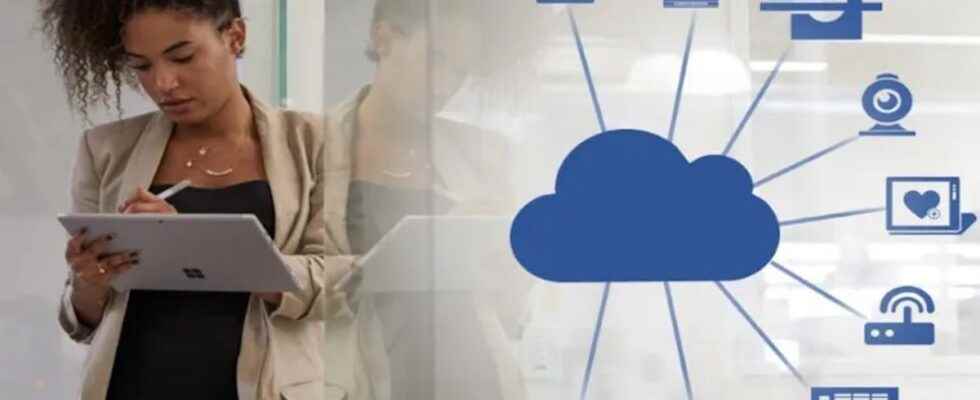Credit: Microsoft
Google will shut down its IoT Core service, the company announced last week. The reason given: Partners can better manage customer IoT services and devices.
Although Microsoft relies heavily on its partners for its IoT and edge computing strategies, the company continues to develop its IoT services and integrate them more closely with Azure. CEO Satya Nadella’s speech on “intelligent cloud and intelligent edge” turns into an end-to-end intelligent distributed computing strategy.
Following a reorganization in April this year, which saw the transfer of Azure IoT engineering and project management teams to the Azure Edge + Platform group, Microsoft has worked to consolidate its IoT teams and edge computing and to merge these offerings more seamlessly with Azure.
Microsoft officials said at the time that they wanted to integrate IoT and edge into the Azure Arc hybrid management service, Azure Stack and Azure Edge Zones, its 5G-connected cloud services available from peripheral facilities. By doing so, Microsoft can present edge devices as globally manageable from Azure.
Dive into Microsoft’s IoT offerings
Microsoft’s current IoT offerings include Azure IoT Hub, a service for connecting, monitoring and managing IoT assets, Azure Digital Twins, which uses “spatial intelligence” to model physical environments, Azure IoT Edge, which brings analytics to edge computing devices, Azure IoT Central and Windows for IoT, which enables users to build edge solutions using Microsoft tools.
As for the IoT operating system, Microsoft offers Azure RTOS, its real-time IoT platform, Azure Sphere, its Linux-based microcontroller operating system platform and services, Windows 11 IoT Enterprise, and Windows 10 IoT. Core – an older IoT operating system platform that Microsoft still supports but hasn’t been substantially updated since 2018.
At the company’s Build developer conference in May, Microsoft officials presented a few sessions on the evolution of the company’s IoT and edge strategies. A few points to remember:
- Like many cloud computing companies, Microsoft aims to build edge and cloud software and services as one continuous computing structure.
- Microsoft seeks to support the entire commercial IoT range, from “tiny edge” (fixed-use microcontrollers/sensors/devices) to “light edge” (Windows IoT Enterprise, Windows Server IoT, and industrial devices) by the “heavy edge” (hybrid servers, hyper-converged infrastructure and Azure Stack).
- More and more IoT solutions are starting to look like small data centers and the boundaries between devices, servers and virtual machines are blurring.
- In addition to better Azure integration, Microsoft is looking to bring cross-department and device security to its IoT offerings (which I assume means Azure Active Directory integration, among other things).
- Cloud-native programming models and Kubernetes/container orchestration are essential for its IoT and edge strategies.
A “hybrid loop”
Microsoft also pushed hard at this year’s Build conference on the idea of a “hybrid loop.” The concept ? Hybrid applications will be able to dynamically allocate resources locally on PCs and in the cloud. The cloud becomes an additional compute resource for these types of applications, and applications – especially those that use AI/ML – can choose to perform the processing locally on a device or in the cloud (or both) . This concept is based on the deeper integration of IoT and edge devices and services into Azure.
I expect we’ll hear more about Microsoft’s updated vision for IoT and edge computing at its upcoming Ignite 2022 IT professional conference in mid-October, if not before.
Source: ZDNet.com
